

Helsinki
2007
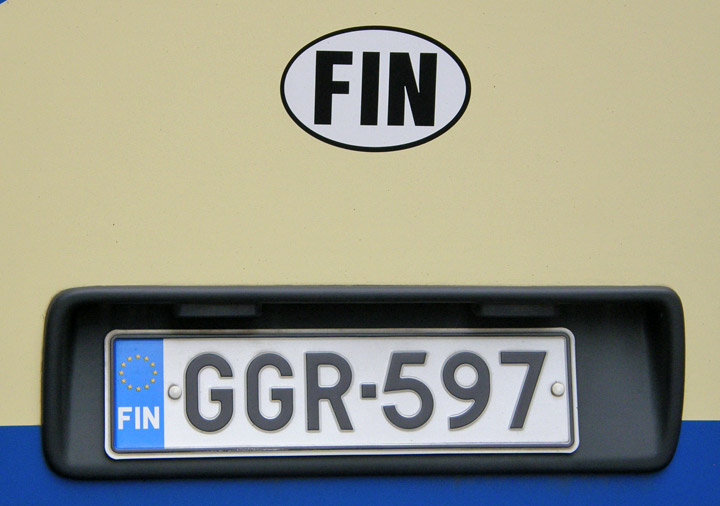
car registered in Finland, an European Union country
Helsinki (in Finnish), or Helsingfors (in Swedish) is the capital and largest city of Finland. It is in the southern part of Finland, on the shore of the Gulf of Finland, by the Baltic Sea. The population of the city of Helsinki is 565,186 (30 April 2007), making it the most populous municipality in Finland by a wide margin.
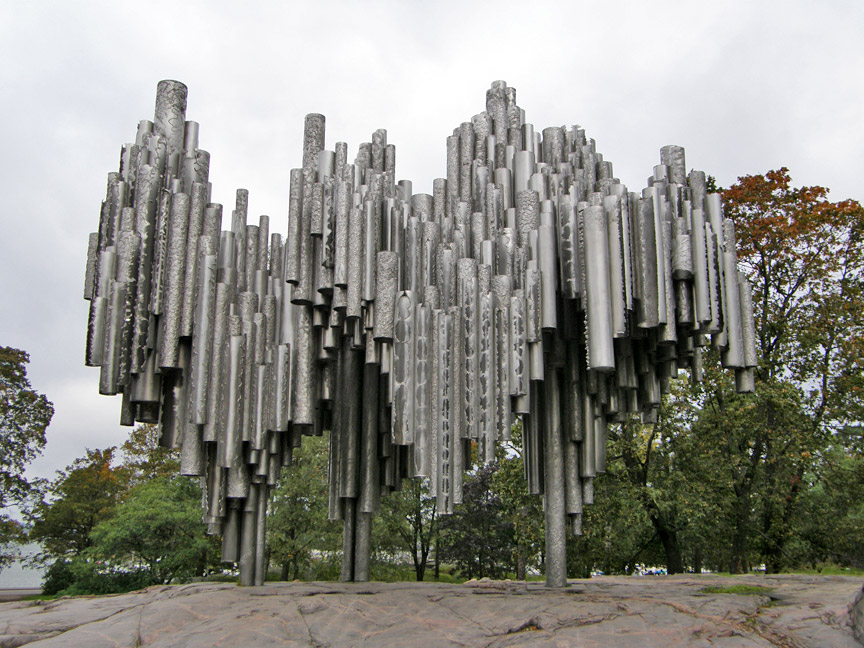

Johan Julius Christian Sibelius
(December 8, 1865 – September 20, 1957) was a Finnish composer of classical
music
and one of the most notable composers of the late 19th and early 20th centuries.
His music played an important role in the formation of the Finnish national
identity.
Helsinki is Finland's administrative center and the center of Finnish cultural
life and business activity. There is a large and varied collection of museums,
galleries, and performance spaces in the city. Many major company headquarters
are in Helsinki.
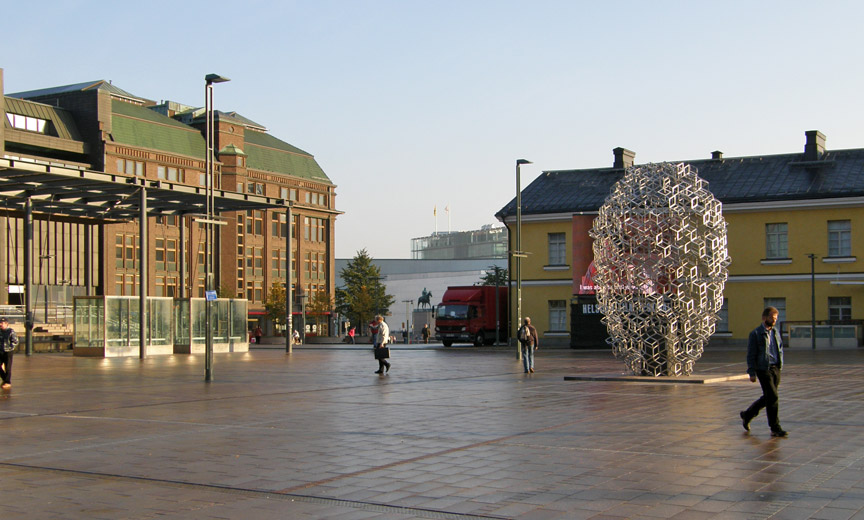
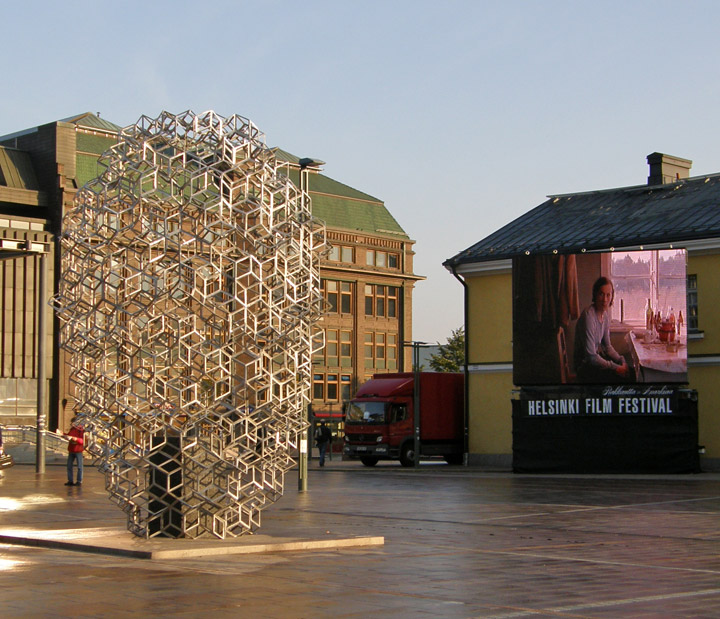
Founded in 1550 as a rival to the Hanseatic city of Reval (today: Tallinn) by King Gustav I of Sweden, the town of Helsinki struggled in its infancy. The fledgling settlement was plagued by poverty, wars, and diseases. For a long time it remained a small coastal town, overshadowed by the more thriving trade centers in the Baltic region. The construction of the Sveaborg (In Finnish Viapori, today also Suomenlinna) naval fortress helped improve its status, but it was not until Russia defeated Sweden in the Finnish War and annexed Finland as the autonomous Grand Duchy of Finland in 1809 that Helsinki began to develop into a major city.
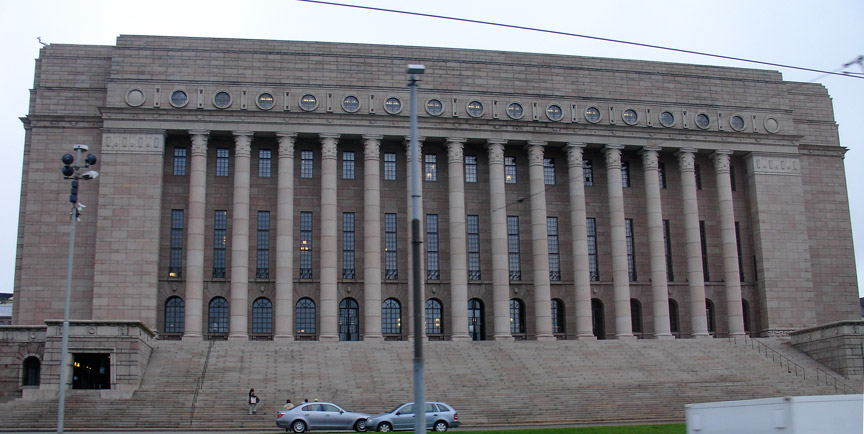
Parliament Building
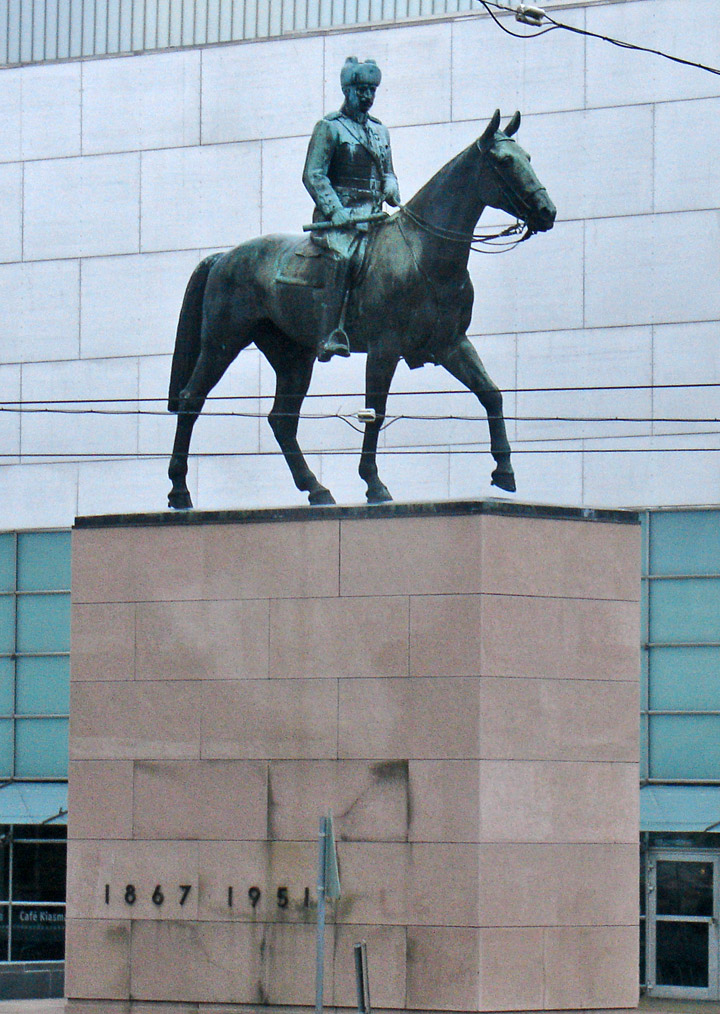
In order to reduce Swedish influence in Finland, Czar Alexander I of Russia
moved the capital from Turku, which had close ties to Sweden, to Helsinki. The
Royal Academy of Turku, back then the only university in the country, was
relocated to Helsinki in 1827 and eventually became the modern University of
Helsinki. The move consolidated the city's new role, and the following decades
saw unprecedented growth and development for the city, creating the
prerequisites for the birth of the modern world class capital in the 20th
century. This transformation is highly apparent in the downtown core, which was
rebuilt in neoclassical style to resemble St. Petersburg. As elsewhere,
technological advancements such as railroads and industrialization were a key
factor behind the growth.
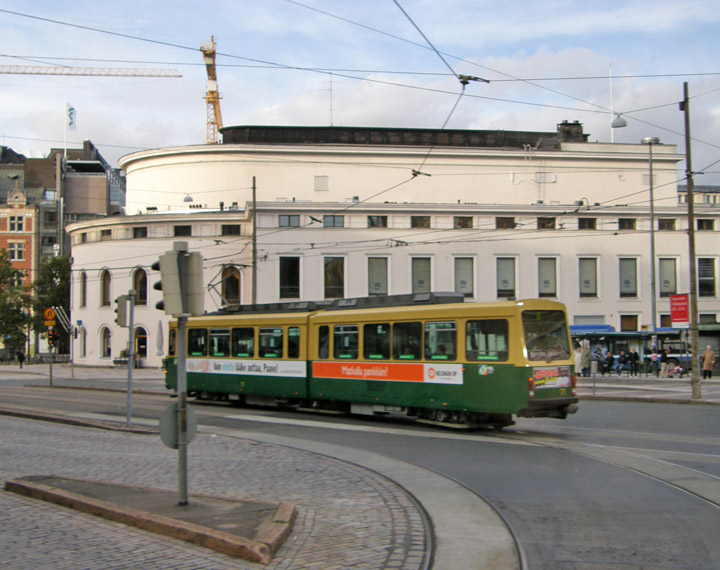

Swedish theater
In the 1918 Finnish Civil War, Helsinki fell to the Red Guard on January 28th, the first day of the war. The Red side gained control of the whole of southern Finland after minor hostilities. The Senate was relocated to Vaasa, although some senators and officials remained in hiding in the capital. After the tide of war turned against the Red forces, German troops fighting on the side of the Finnish White Guard recaptured Helsinki in April 1918. Unlike Tampere, Helsinki suffered relatively little damage in the war. After the White victory many former Red soldiers and collaborators were confined in prison camps across the country. The largest camp, having approximately 13,300 prisoners, was located on the former naval fortress island of Suomenlinna in Helsinki. Although the civil war left a considerable scar on the society, the standard of living in the country and the city began to improve in the following decade. Renowned architects such as Eliel Saarinen created utopistic plans for Helsinki, but they were never realized to full extent.

National Theater
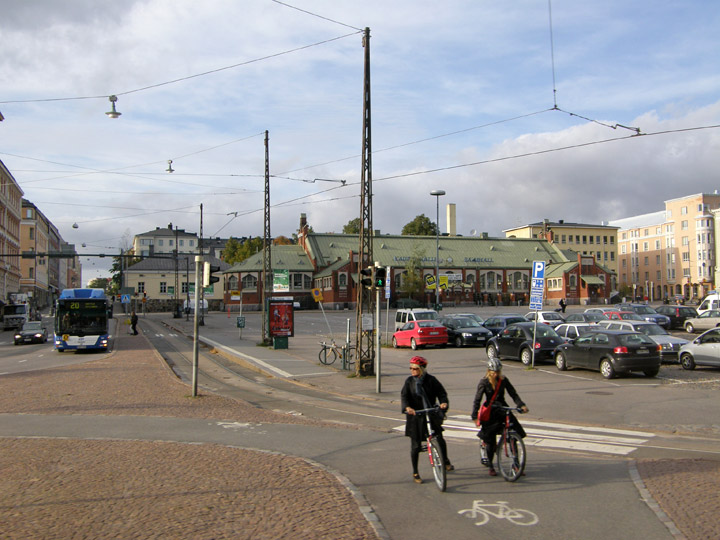
old market in background
now used for antique and resale shops
In the aerial bombings of the Winter War (1939-40) and the Continuation War
(1941-44) Helsinki was attacked by Soviet bombers. The most intense air raids
took place in the spring of 1944, when over two thousand Soviet planes dropped
some 16,000 bombs in and around the city. However, due to successful air defense
the city was spared from the large-scale destruction that many other cities in
Europe under bombings of similar scale suffered. Only a small number of bombs
hit populated areas.
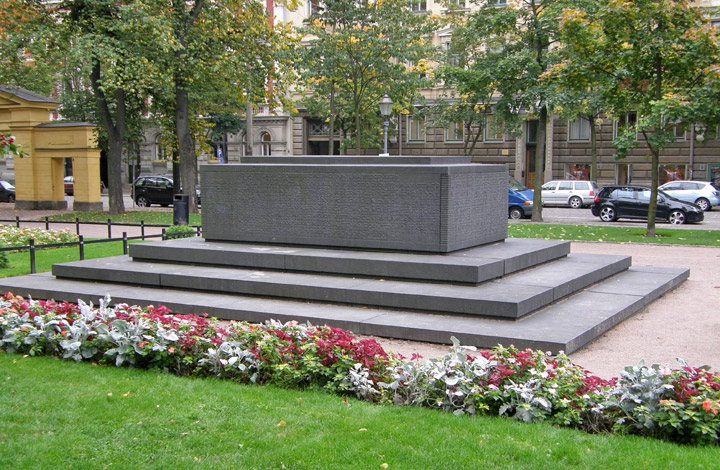

Despite the tumultuous first half of the 20th century, Helsinki continued to
develop steadily. The rapid urbanization of the 1970s, which occurred relatively
late in the European context, tripled the population in the metropolitan area,
making the Helsinki metropolitan area one of the fastest growing urban centers
in the European Union in the 1990s. The relatively sparse population density of
Helsinki and its peculiar structure have often been attributed to the lateness
of the urbanization. Today Helsinki is the second most sparsely populated
European capital after Brussels
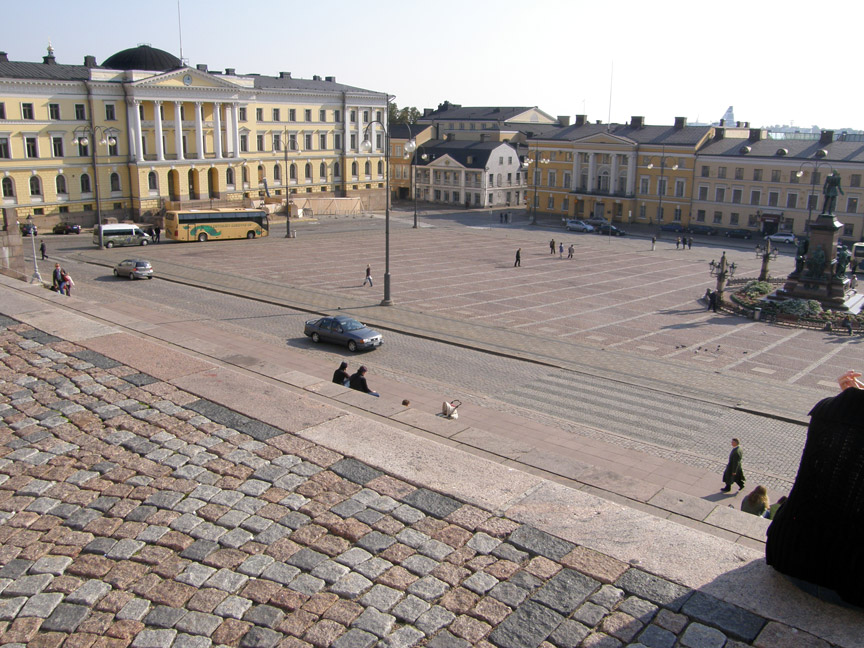
Senate Square
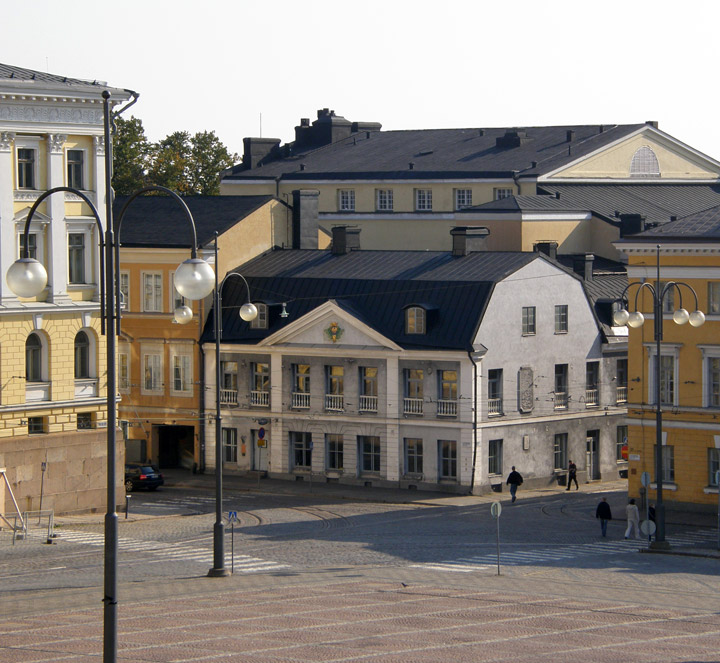
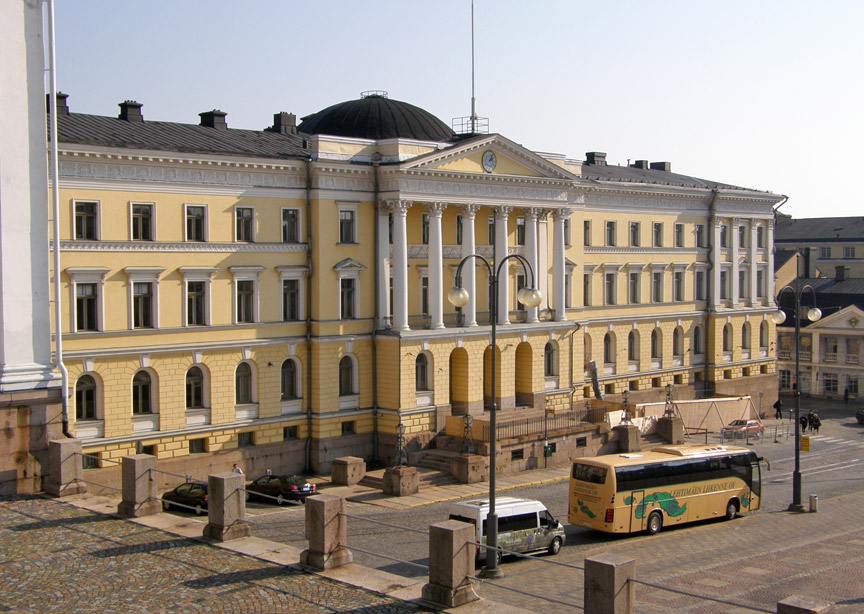
Palace of the Council of State
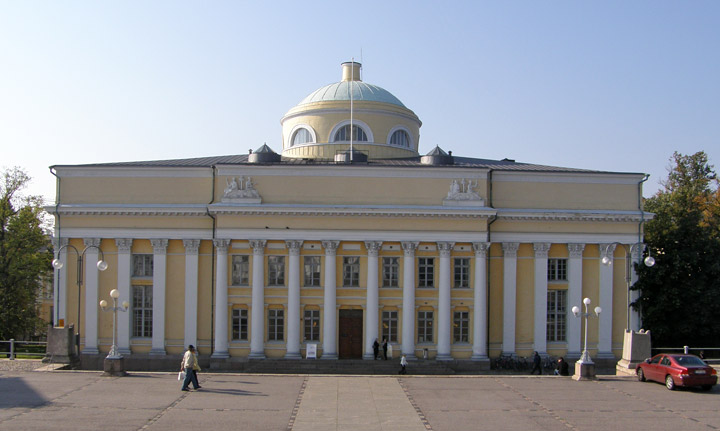
University Library
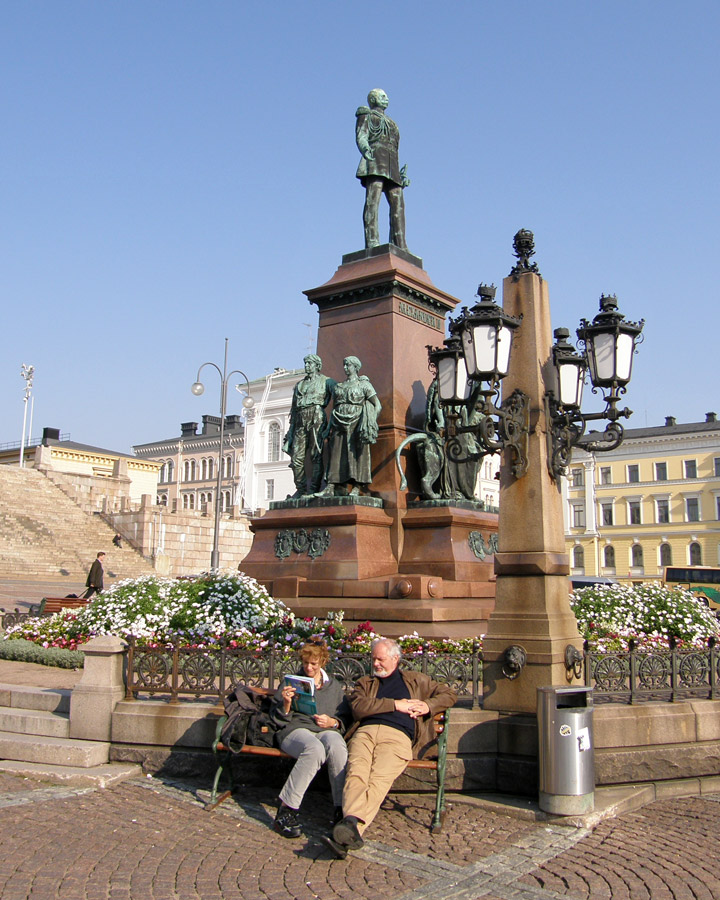
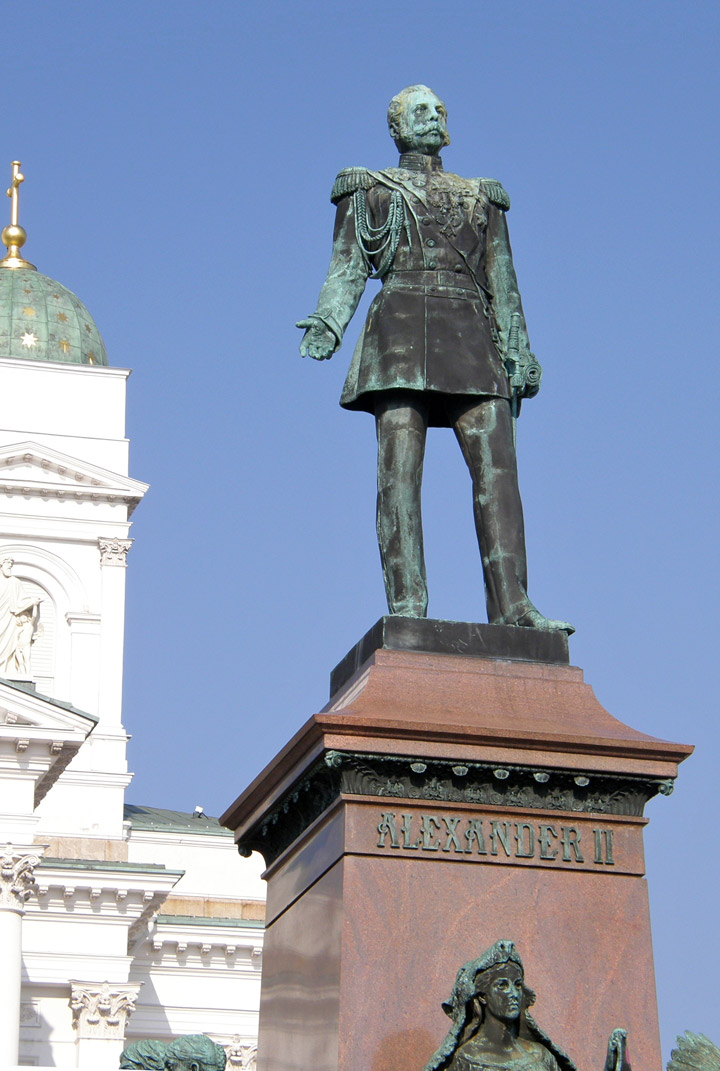
Alexander II
Carl Ludvig Engel (1778-1840) designed several neo-classical buildings in Helsinki. He was kept in Helsinki by a unique assignment, as he was elected to plan a new city centre all on his own. The city became shallow and wide at the time when most buildings had only two or three floors. The central point of Engel's city plan is the Senate Square, surrounded by the Government's Palace, the main building of the University, and the enormous Cathedral, which was finished in 1852, twelve years after C. L. Engel's death. Engels' neo-classical plan of the city centre has later given Helsinki the epithet The White City Of The North.
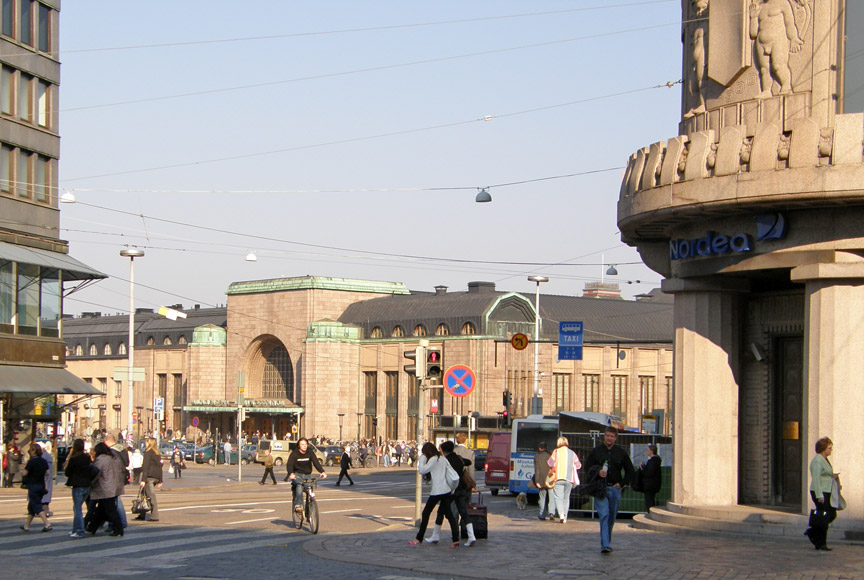
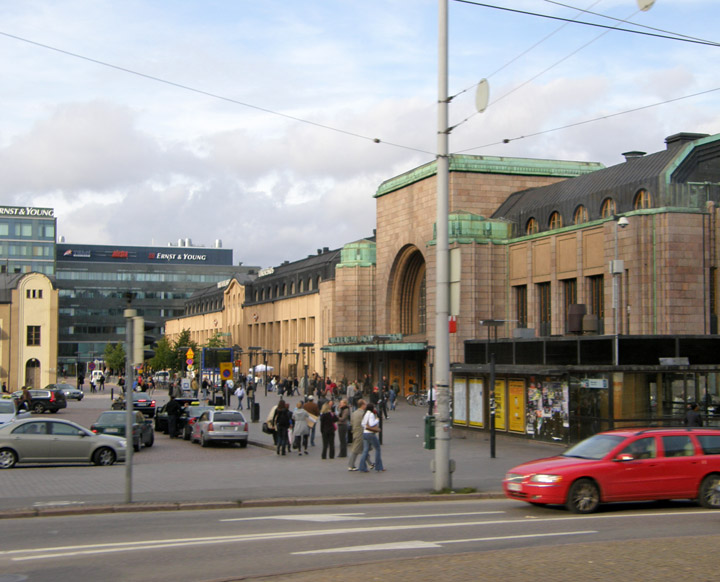
Helsinki central railway station
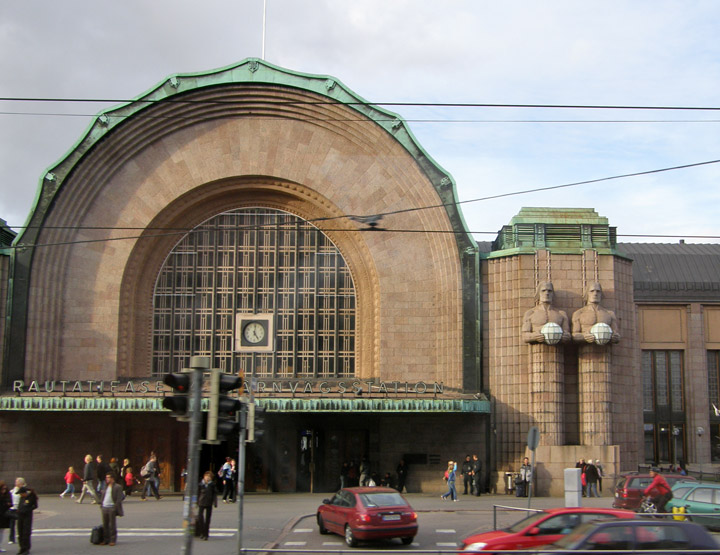

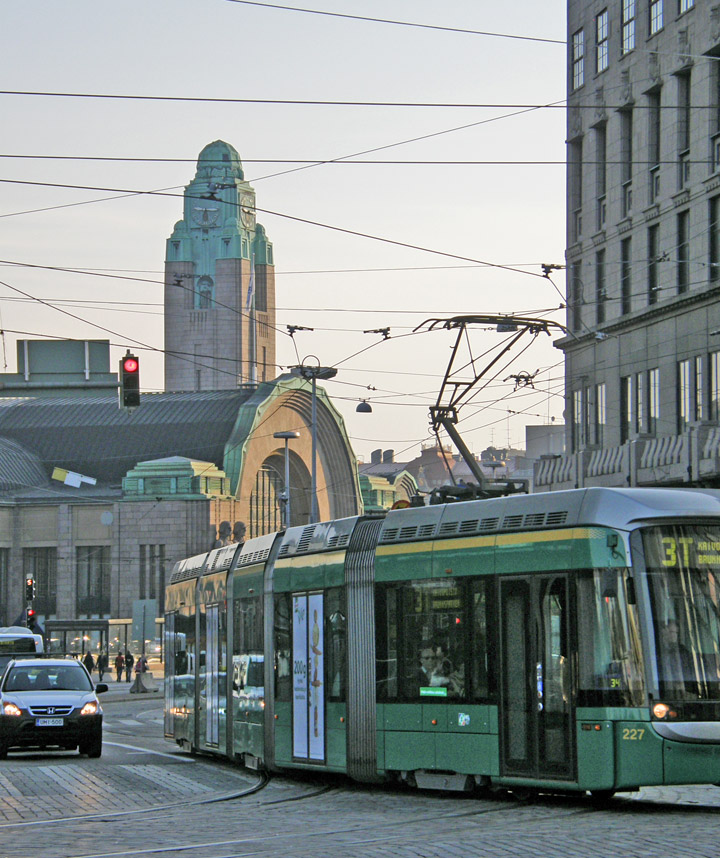
Helsinki is, however, perhaps even more famous for its numerous Art Nouveau (Jugend
in Finnish) buildings, designed in the early 1900s and strongly influenced by
the Kalevala, which is a very popular theme in the national romantic art of that
era. Helsinki's Art Nouveau style is also featured in large residential areas
such as Katajanokka and Ullanlinna. The master of the Finnish Art Nouveau was
Eliel Saarinen (1873-1950), whose architectural masterpiece was the Helsinki
central railway station.
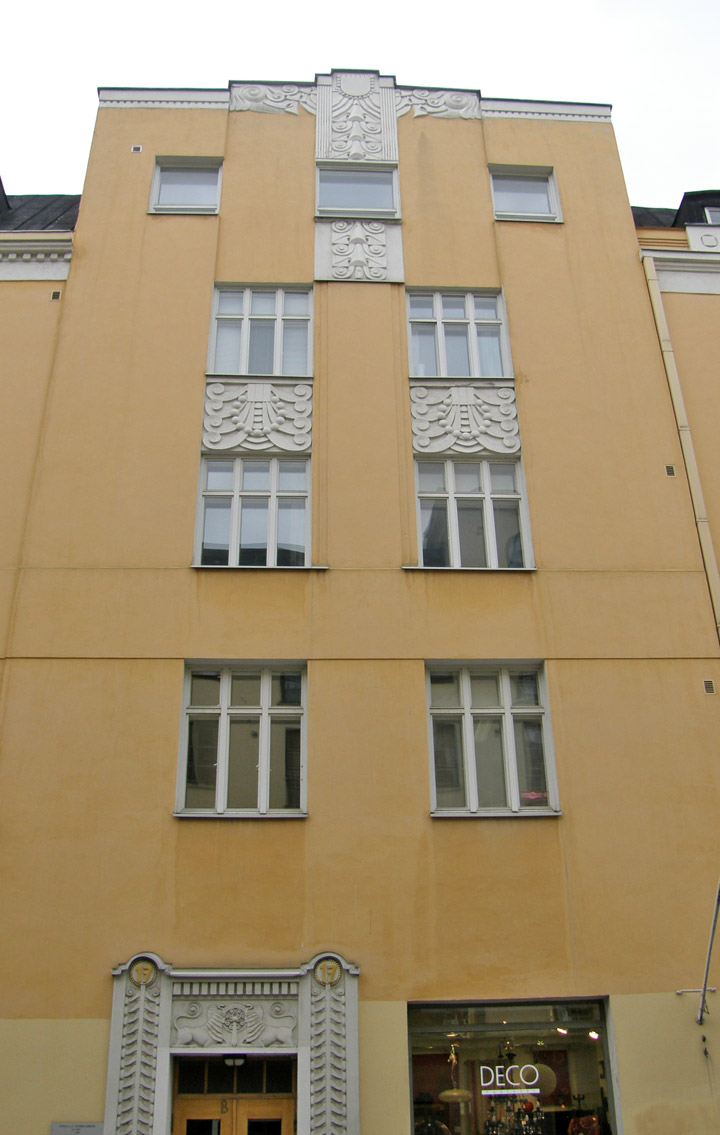
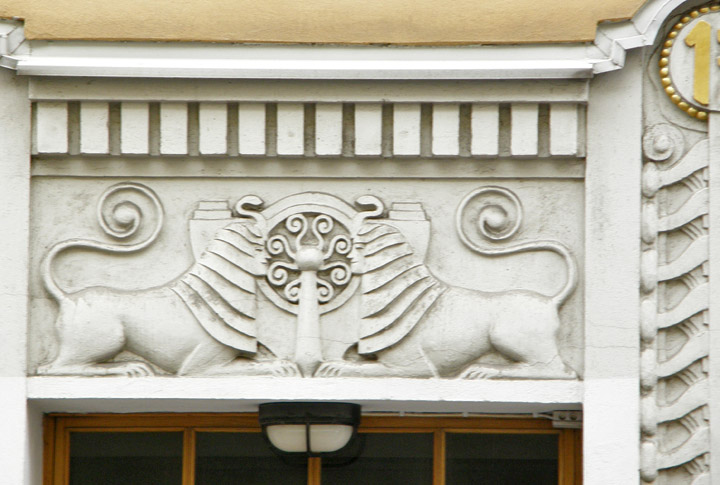
Art Deco
Helsinki also features several buildings by the world-renowned Finnish architect Alvar Aalto (1898-1976), attributed as one of the pioneers in functionalism. Many of Aalto's works are either loved or hated. Aalto's buildings, such as the headquarters of the paper company Enso and the concert and congress house Finlandia Hall, have sparked much debate amongst Helsinki's inhabitants.
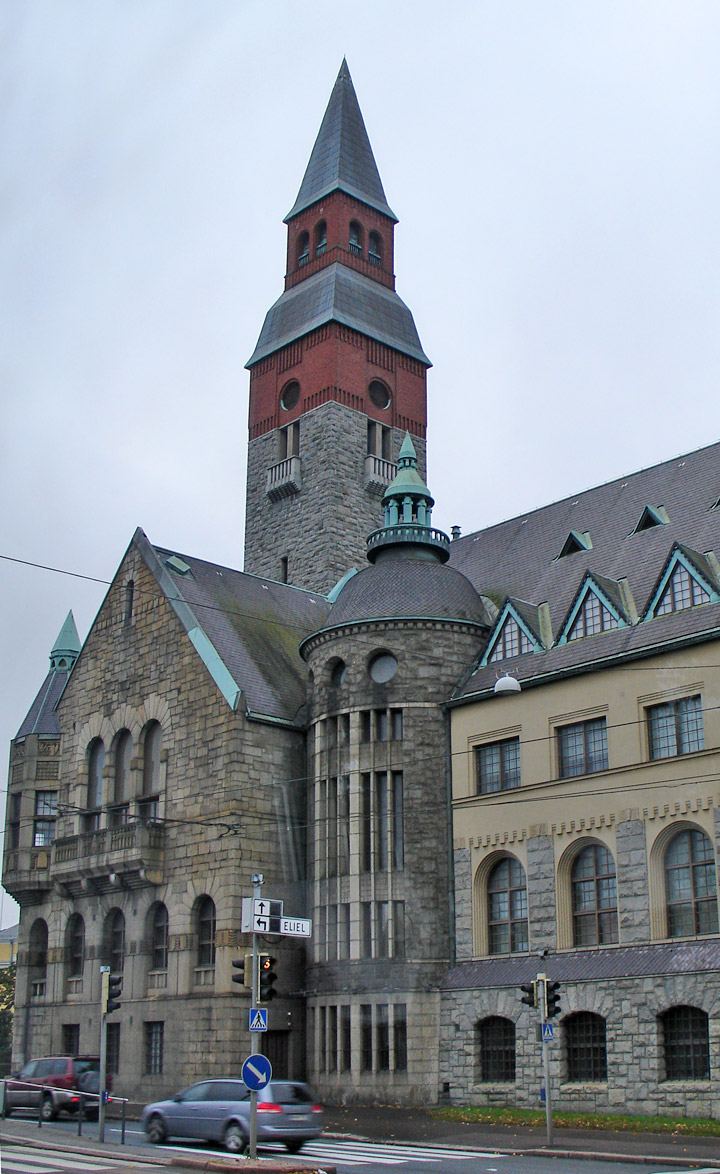
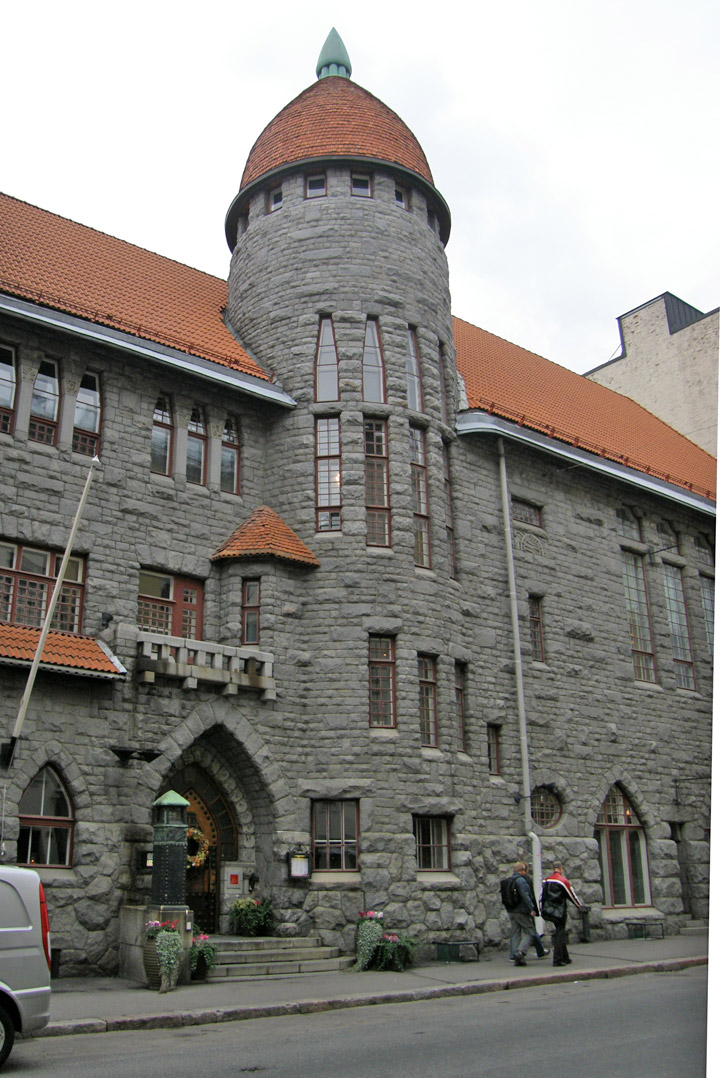
hotel
In addition to Aalto's work, there is a body of other noteworthy functionalist architecture in Helsinki, such as the Olympic Stadium, the Tennis Palace, the Rowing Stadium, the Swimming Stadium, the Velodrome, the Glass Palace, the Exhibition Hall (now Töölö Sports Hall) and Helsinki-Malmi Airport. The sports venues were built to serve the 1940 Helsinki Olympic Games (canceled due to the Second World War), but eventually got to fulfill their purpose in the 1952 Olympic Games. Many of them are listed by DoCoMoMo as significant examples of modern architecture. The Olympic Stadium and Helsinki-Malmi Airport are in addition catalogued by the National Board of Antiquities as cultural-historical environments of national significance.
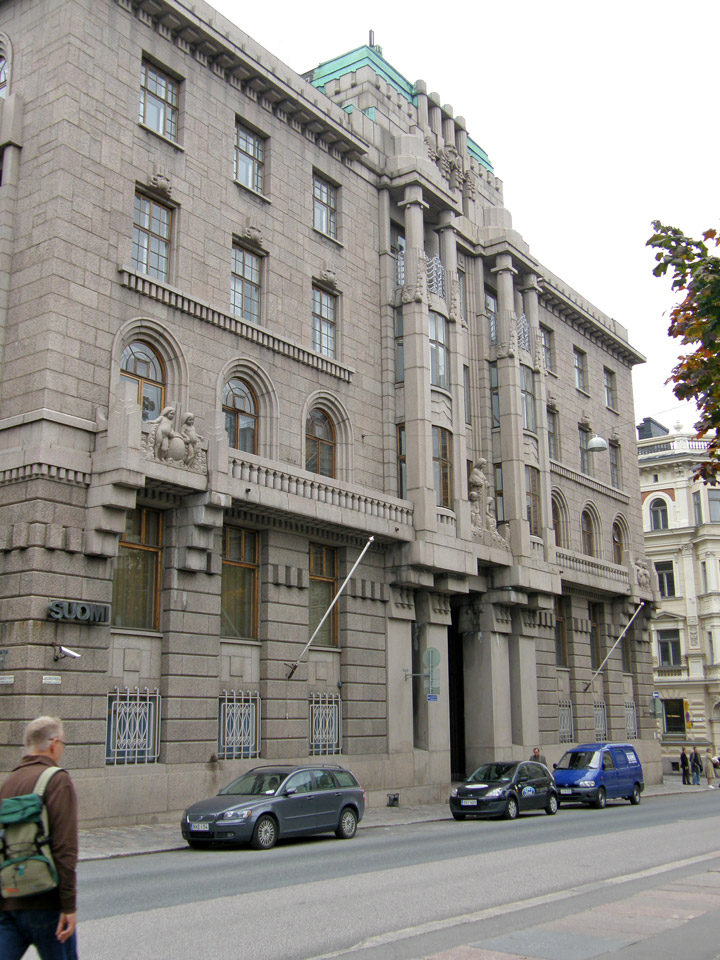

During the 1960s and 1970s many aesthetically and historically important houses
were swiftly demolished to make room for the rapidly expanding city and instead
houses presenting more values of functionalism were built. This has later been
widely regarded as a bad move and has led to a strong protectionism of old
buildings in Helsinki. The plans made during the era of rapid growth expected
Helsinki to have well over one million inhabitants at the turn of the
millennium. Much due to the strong protectionism of today there are still many
areas left with distinctive old wooden houses, such as Käpylä, Kumpula, Toukola
and Puu-Vallila.
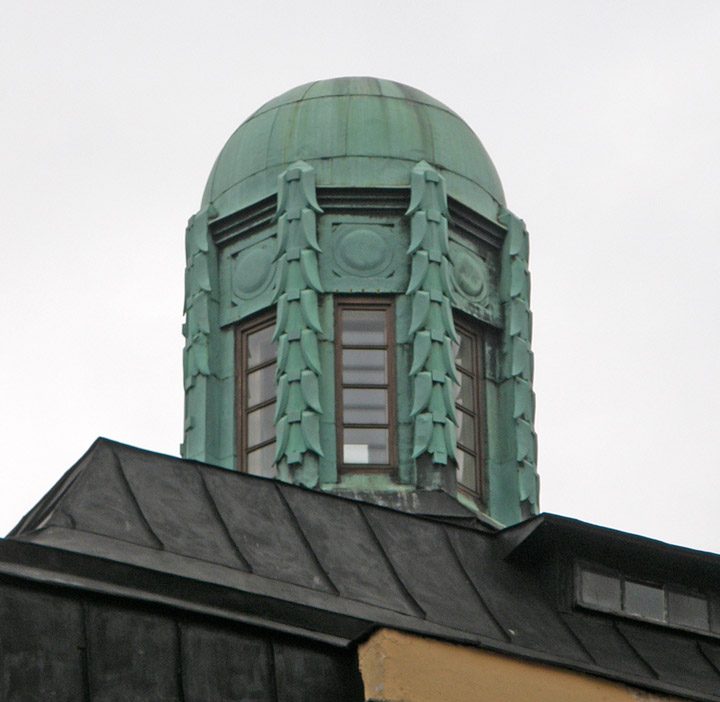
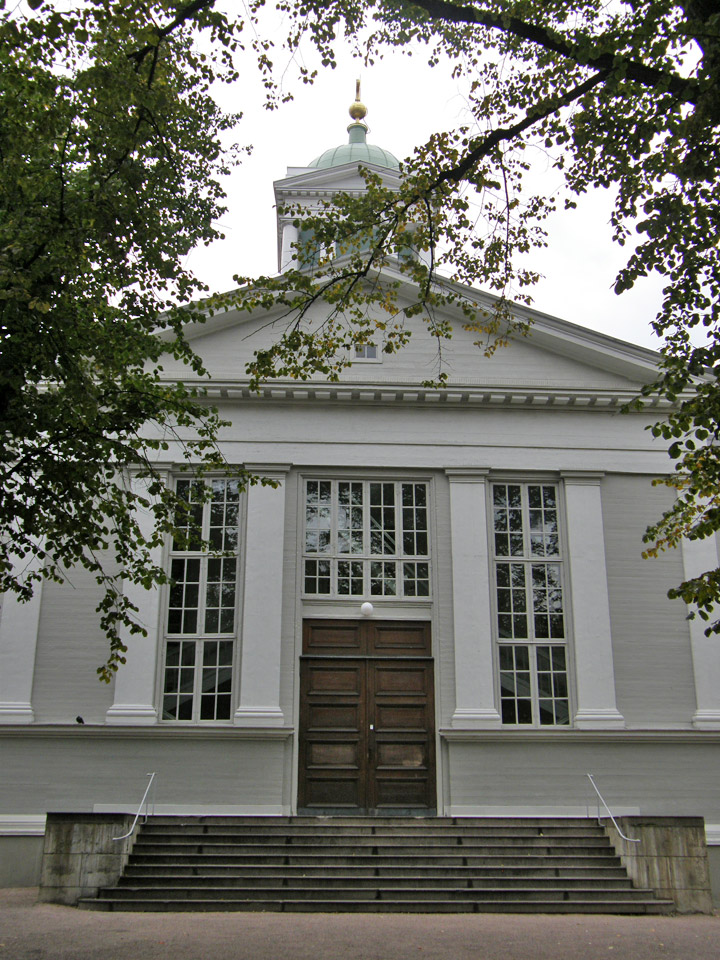
Old Church
As a historical footnote, Helsinki's neoclassical buildings were often used as a backdrop for scenes set to take place in the Soviet Union in many Cold War era Hollywood movies. Some of the more notable ones are The Kremlin Letter (1970), Reds (1981) and Gorky Park (1983). Because some of the streetscapes were reminiscent of Leningrad's and Moscow's old buildings, they were used in the production - much to some residents' dismay. At the same time the government secretly briefed its white-collar workers to make producing these, often clearly Soviet-negative, films in Helsinki as hard as possible due to diplomatic pressure from Moscow.
Text from Wikipedia

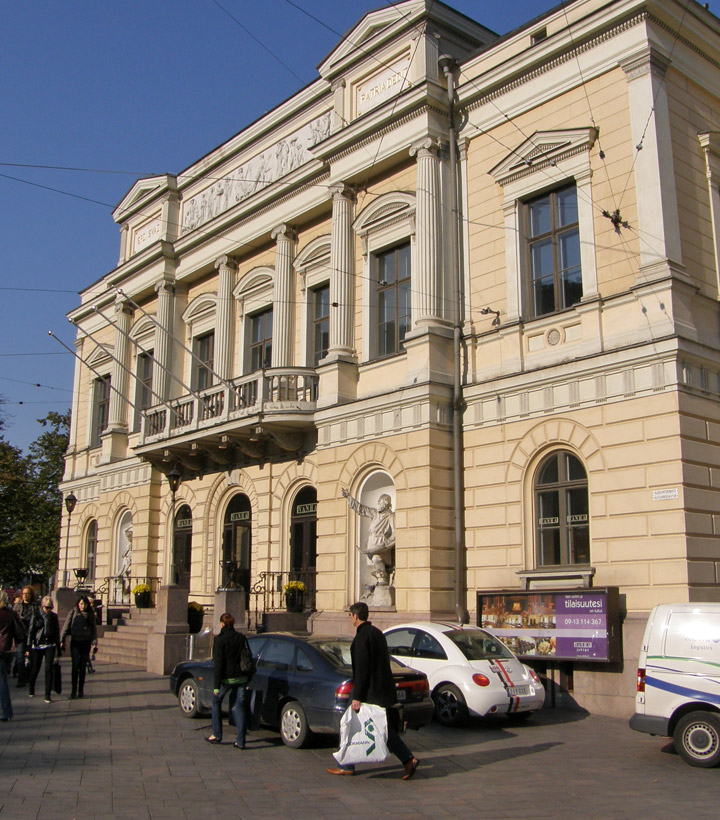
Photos of the Helsinki Boat Harbor